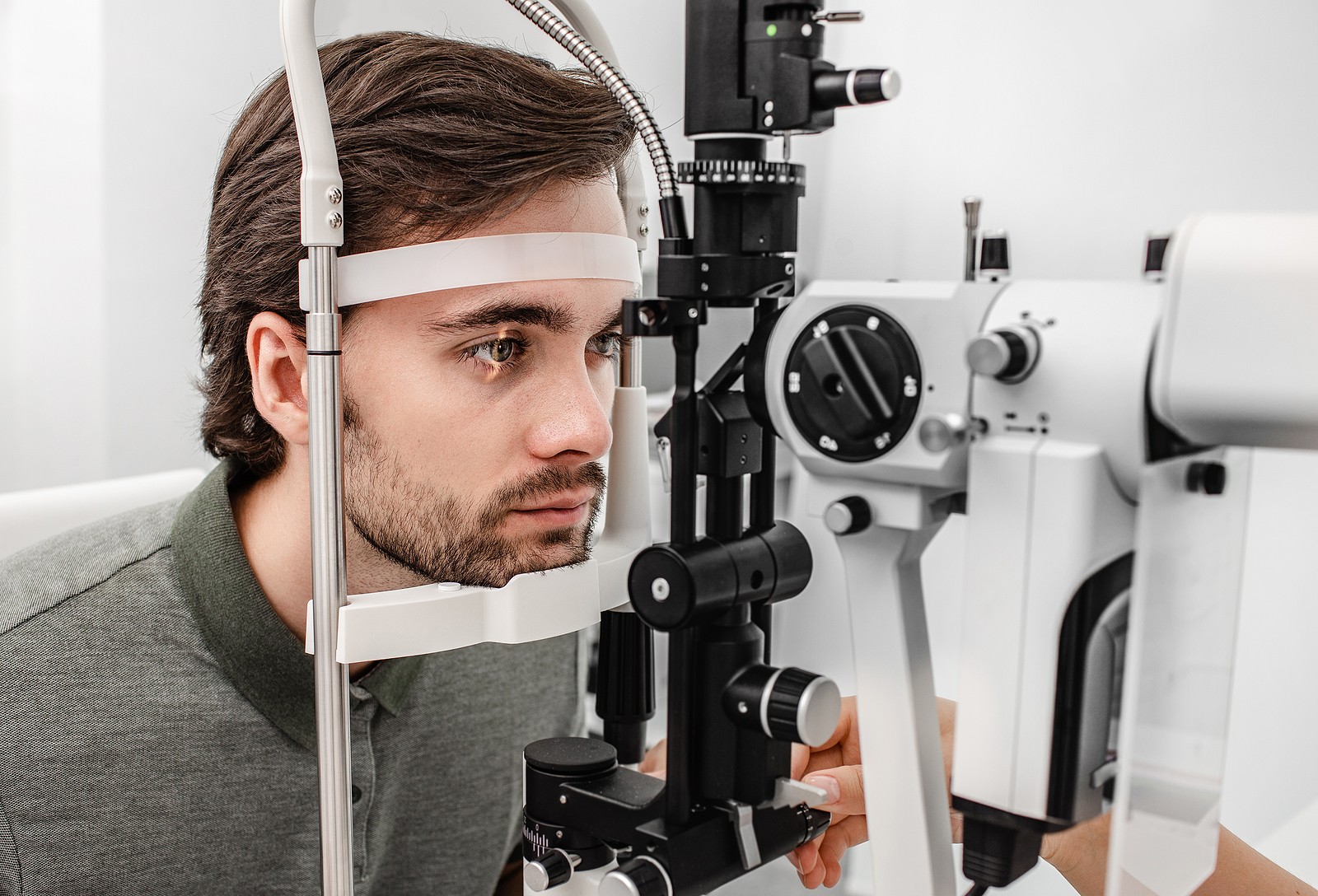
The decision to pursue LASIK (Laser-Assisted In Situ Keratomileusis) is often fueled by the understandable desire to discard glasses and contact lenses, representing a significant life shift. However, the consultation is not merely a formality; it is the most critical checkpoint where the surgeon rigourously determines candidacy. Approaching this appointment with a mindset that prioritizes honest assessment over simple optimism is paramount. The consultation’s primary goal is not to sell the procedure but to meticulously examine the complex anatomy of the eyes, specifically the cornea, and evaluate all potential risk factors. Therefore, patients must view this preparatory phase as a strategic necessity, gathering comprehensive medical information and adhering to pre-screening requirements that enable the clinic to acquire accurate, baseline measurements. Failure to prepare correctly can lead to inaccurate diagnostic data, potentially compromising the surgical plan or even leading to a false clearance for a patient who is not actually a good fit for the technology.
The consultation’s primary goal is not to sell the procedure but to meticulously examine the complex anatomy of the eyes, specifically the cornea, and evaluate all potential risk factors.
The single most common and non-negotiable requirement for the LASIK consultation is the temporary cessation of contact lens wear. Lenses, particularly rigid gas permeable (RGP) lenses, subtly reshape the cornea over time. Since LASIK involves permanently reshaping the cornea, the surgeon needs to measure the cornea’s natural, uninfluenced curvature. For soft contact lens wearers, the typical requirement is to abstain for a minimum of one to two weeks; for RGP lenses, the required abstinence period can extend to three to four weeks or even longer, depending on the duration of wear and the rigidity of the lens. Disregarding this instruction is not a minor oversight; it will inevitably lead to inaccurate corneal topography and thickness measurements, requiring the patient to reschedule and repeat the preparation, thereby creating unnecessary delay and friction in the process.
The Non-Negotiable Step: Cessation of Contact Lens Wear to Reveal True Corneal Shape
Before the actual exam, gathering and organizing crucial medical and ocular history documents is a vital preparatory step. The surgeon needs a clear understanding of any pre-existing conditions that could impact healing or long-term outcomes. This includes detailed information about systemic conditions such as autoimmune disorders (e.g., rheumatoid arthritis, lupus), chronic diseases like diabetes (which can affect corneal healing), and any history of keloid scarring. Furthermore, all current medications—including oral, topical, and even supplements—must be documented, as certain drugs (e.g., isotretinoin, amiodarone) can affect corneal health and may temporarily disqualify a patient. Finally, bringing the most recent prescription history (glasses and contacts) provides a benchmark for refractive stability that the surgeon will need to assess.
This includes detailed information about systemic conditions such as autoimmune disorders (e.g., rheumatoid arthritis, lupus), chronic diseases like diabetes (which can affect corneal healing)
A critical portion of the consultation involves obtaining the most accurate possible measurements of the patient’s refractive error. To achieve this, the clinic will administer dilating eye drops during the visit, which temporarily paralyze the focusing muscle of the eye (the ciliary body). This paralysis ensures the measurement of the eye’s total refractive error without the influence of accommodation (eye muscle strain). The effect of these drops is significant: they cause blurred near vision and extreme light sensitivity for several hours post-appointment. Therefore, a crucial preparatory step is arranging for alternative transportation; patients absolutely cannot drive themselves home after the consultation, and relying on taxis or rideshares must be factored into the logistics of the day to ensure safety and comfort.
The Logistical Imperative: Arranging Transportation Due to Dilating Eye Drops
The consultation provides the only opportunity for the surgeon to address complex, individualized concerns regarding potential side effects and realistic outcomes. Patients should prepare a list of specific, detailed questions that go beyond “Is it safe?” to address their personal lifestyle risks. For instance, individuals who drive frequently at night should ask about the specific prevalence and management of night vision disturbances (halos and glare) with the proposed laser platform. Patients with existing dry eye symptoms should inquire about the post-operative management protocol and the long-term risk of exacerbation. Preparing these targeted questions ensures the discussion moves beyond generic procedure descriptions to a meaningful risk-benefit analysis tailored to the patient’s visual needs and expectations.
Patients should prepare a list of specific, detailed questions that go beyond “Is it safe?” to address their personal lifestyle risks.
While the surgery itself is generally quick, the consultation process is comprehensive and time-intensive, often lasting two to three hours. Patients must mentally prepare for a complex series of diagnostics that includes corneal topography (mapping the curvature), pachymetry (measuring corneal thickness), detailed visual acuity testing, and slit-lamp examinations. Rushing the process or arriving stressed and late can compromise the accuracy of certain measurements, particularly those dependent on patient cooperation and focus. Allocating sufficient time and ensuring minimal external stress on the day of the consultation is a non-clinical but essential factor in generating reliable data needed for the final surgical recommendation.
The Time Commitment: Preparing Mentally for a Complex, Multi-Stage Diagnostic Session
A subtle but crucial preparatory measure is taking steps to mitigate dry eye symptoms leading up to the appointment. Chronic or severe dry eye is a common reason for temporary or permanent disqualification from LASIK, as the procedure can initially worsen the condition. Patients should focus on consistent hydration, avoiding excessive screen time on the day before the consultation, and using non-preservative artificial tears if needed, provided this is cleared with the clinic beforehand. Reducing eye strain ensures the corneal surface is as healthy and lubricated as possible during the initial examination, allowing the surgeon to accurately assess the baseline tear film quality without the confounding variable of acute irritation.
Patients should focus on consistent hydration, avoiding excessive screen time on the day before the consultation, and using non-preservative artificial tears if needed
For patients with highly unstable vision—meaning their prescription has significantly changed within the last year—the consultation may be premature. LASIK requires a demonstration of refractive stability, typically defined as no more than a 0.5 diopter change in the year leading up to the procedure. Patients must bring documentation or be prepared to confirm that their current prescription is stable; if it is not, the surgeon may recommend postponing the surgery until stability is achieved. This requirement is paramount because treating an unstable prescription guarantees suboptimal long-term results, as the eye will simply shift back to its previous, progressive error.
Demonstrating Refractive Stability: The Prerequisite of an Unchanging Vision Prescription
The financial aspect of the procedure, while secondary to safety, requires careful preparation. Patients should research and understand the range of refractive procedures offered by the clinic—not just LASIK, but potentially PRK (Photorefractive Keratectomy) or SMILE (Small Incision Lenticule Extraction)—and be prepared to discuss the cost difference, financing options, and what the quoted price actually includes (e.g., follow-up visits, enhancement procedures). Understanding these nuances allows the patient to engage in an informed discussion about the most cost-effective and medically appropriate option, ensuring financial clarity is achieved alongside clinical clearance.
Understanding these nuances allows the patient to engage in an informed discussion about the most cost-effective and medically appropriate option
The physical preparation for the appointment extends to simple grooming details that can affect the sensitive equipment used in the consultation. On the day of the visit, patients should refrain from wearing any heavy makeup, mascara, or perfumes. Residue from makeup, especially around the eyelids, can interfere with the delicate measurement instruments, potentially contaminating the equipment or affecting the accuracy of the corneal surface scans. Similarly, strong perfumes can be distracting in the sterile, close environment of the examination room. A clean, bare face is the simplest way to ensure the clinical team can perform all necessary diagnostic tests without external interference.
The Simple Cleanliness Rule: Refraining from Makeup and Heavy Fragrances on Consultation Day
Ultimately, the successful LASIK consultation is defined by complete transparency and accurate data acquisition. The patient must be entirely forthcoming about all historical conditions, however seemingly minor—including prior eye injuries, infections, or a history of being told they had “thin corneas.” Any omission of crucial data can lead to an improper risk assessment. By adhering strictly to the pre-consultation requirements—especially contact lens cessation—and providing a full, honest medical history, the patient empowers the surgical team to make the most informed decision, thereby minimizing surgical risk and maximizing the potential for a successful, long-term visual outcome.
Transparency and Data Integrity: Empowering the Surgeon for an Informed Decision
Thorough LASIK preparation requires strict cessation of contact lenses (1-4 weeks), arranging post-dilation transportation, gathering full medical history, and preparing targeted questions for a precise, safe outcome.
